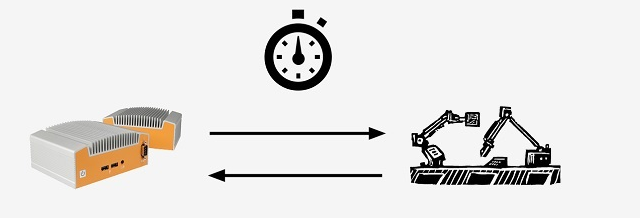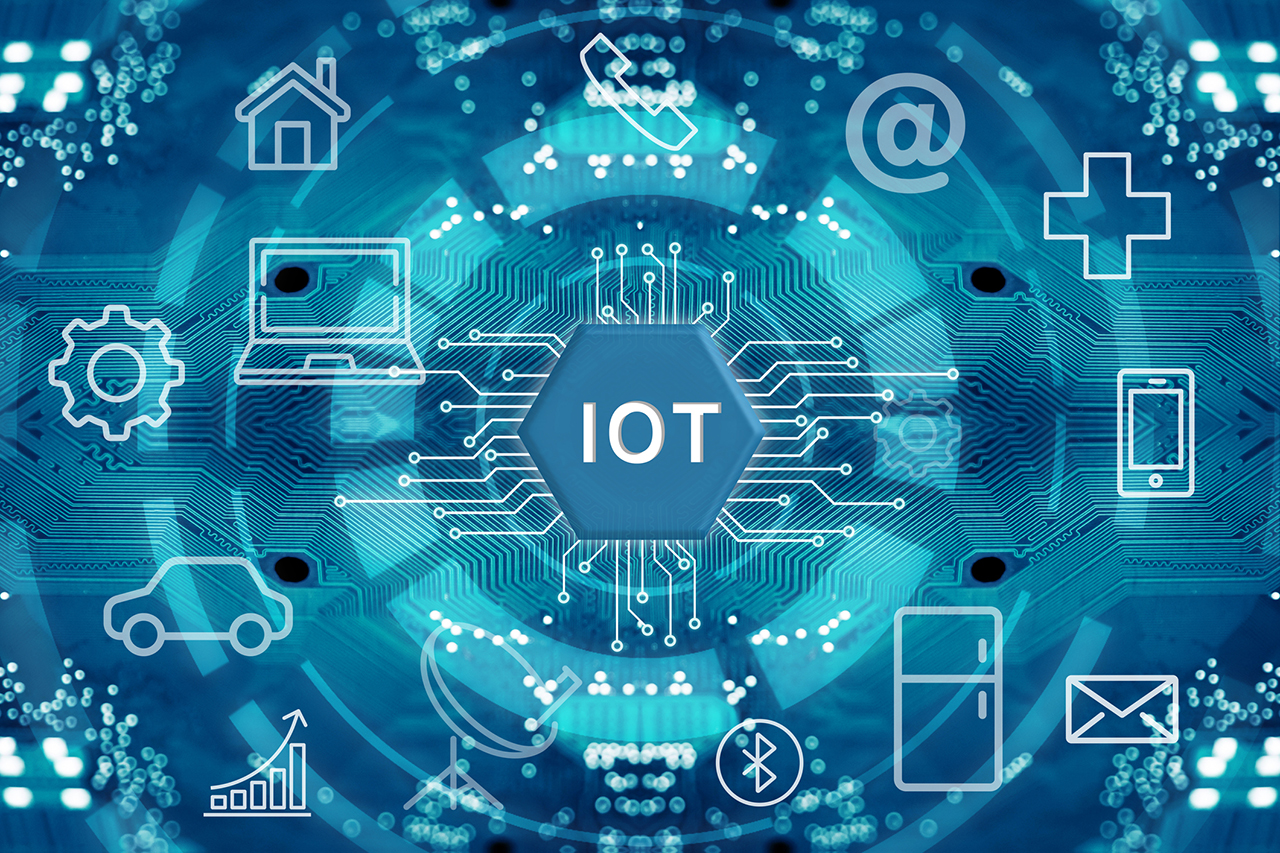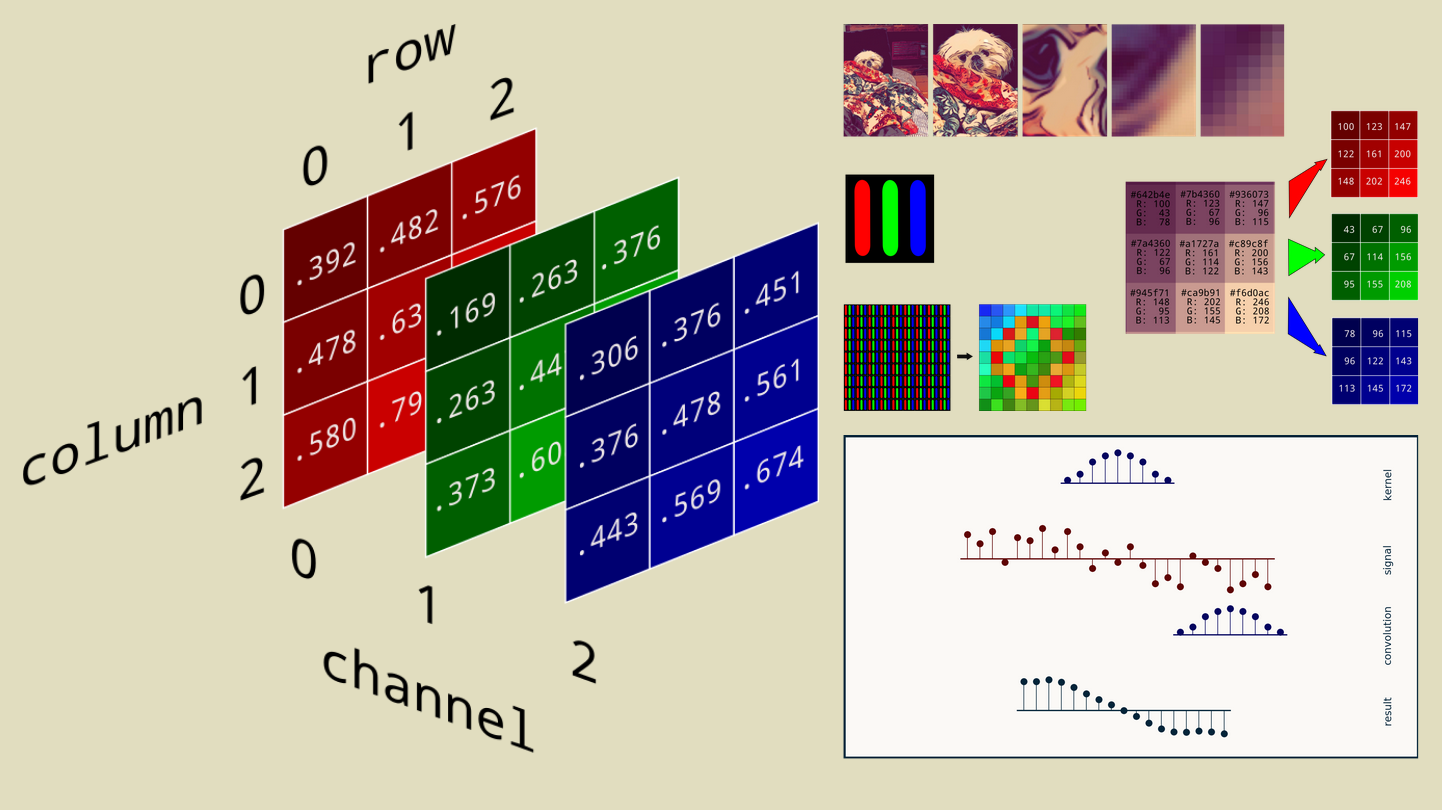
- Teacher: SUGADEV M
- Teacher: PARUTHI ILAM VAZHUTHI P
COURSE OBJECTIVES
To Understand the Architectural Overview of IoT
To Understand the IoT Reference Architecture and Real-World Design Constraints
To Understand the various IoT Protocols
COURSE OUTCOMES
On completion of the course, student will be able to
CO1 - Choose appropriate hardware components for implementation of IoT applications.
CO2 - Analyze various IoT Application layer Protocols.
CO3 - Implement IoT-based systems for real-world problem
CO4 - Demonstrate state of the art methodologies in data representation and analysis.
CO5 - Apply appropriate IP based protocols and Authentication Protocols for IoT communication.
CO6 - Analyze security issues in IoT Communication

- Teacher: MUTHIAH M. A
- Teacher: Pandian R
COURSE OBJECTIVES
- To introduce the principles of optimum filters such as Wiener and Kalman filters
- To introduce the principles of adaptive filters and their applications to communication engineering
- To introduce the concepts of multi-resolution analysis
COURSE OUTCOMES
On completion of the course, student will be able to
CO1 - Apply optimum filters appropriately for a given communication application.
CO2 - Design appropriate adaptive algorithm for processing non-stationary signals.
CO3 - Analyse wavelet transforms for signal and image processing-based applications.
CO4 - Demonstrate filtering of color images.
CO5 - Perform vector operations on color images.
CO6 - Develop code for 3D image processing.

- Teacher: MUTHIAH M. A
COURSE OBJECTIVES
To review image processing techniques for computer vision.
To understand shape and region analysis, Hough Transform and its applications to detect lines, circles, ellipses.
To understand Visualization and Convolution Neural Networks for computer vision.
To understand the concept of Recurrent Neural Networks.
To understand the concept of Attention and Deep Generative Models.
COURSE OUTCOMES
Upon completion of the course the students will be able to:
CO1 - Apply basic Image processing techniques to a specific image
CO2 - Apply visual matching techniques to extract features from the image
CO3 - Develop CNN architecture for computer vision applications
CO4 - Develop RNN model for video processing
CO5 - Develop Attention model for computer vision applications
CO6 - Choose appropriate Deep generative model for a specific application
- Teacher: MUTHIAH M. A
- Teacher: Thaj Mary Delsy T
- Teacher: Naresh Kumar Thapa
To have a knowledge on basics of cloud
To provide students basic understanding and virtualization.
To discuss some scenarios of clouds in organizations
COURSE OUTCOMES On completion of the course, student will be able to
CO1 - Articulate the main concepts, key technologies, strengths, and limitations of cloud computing CO2 - Analyze the core issues of cloud computing such as security, privacy, and interoperability.
CO3 - Develop applications based on public cloud and private cloud architectures.
CO4 - Demonstrate how storage and virtualization is carried out in the cloud platform.
CO5 - Create virtual machine based applications for real world problems.
CO6 - Apply the fundamental principles of multi-tier web applications and services in a cloud environment.

- Teacher: EBENEZAR JEBARANI M R
- Teacher: MATHAN N
